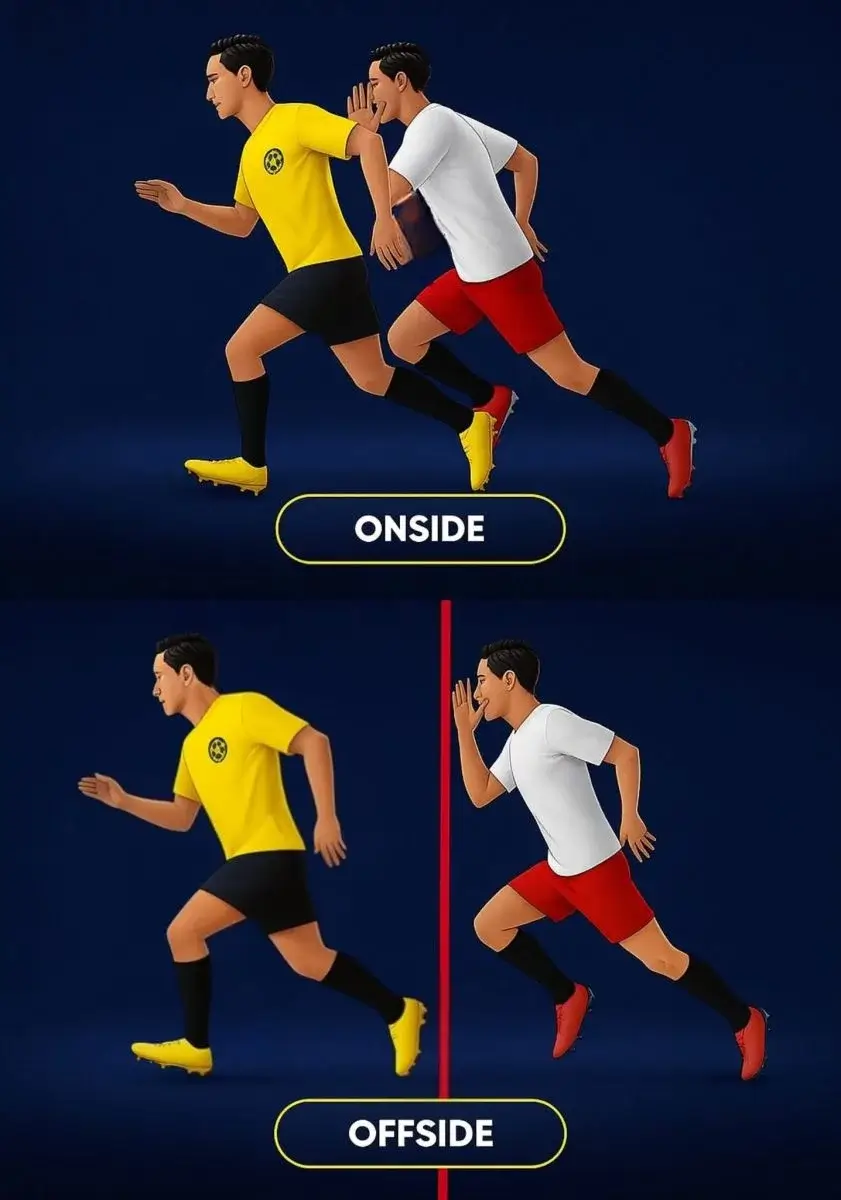
FIFA will begin implementing the much-discussed offside rule. Now, a player is considered offside only if their entire body is behind the last defender - meaning that not just any small part of the body, but the entire body must have crossed the defensive line.
The change is called a "significant improvement that eliminates errors in assessing the condition of small body parts." This innovation means a reduction in out-of-game statements due to the combination of VAR and semi-automated offside technologies, and marginal situations such as a striker's shoulder, paw, or out-of-road knee.
Off-the-field rule has been an integral part of football rules since the 19th century. Since then, the first generally accepted offside rule in English public schools had been established since the establishment of the Football Association (FA) and the publication of its laws in 1863.
He forbade the attacker to be in front of the player when the ball was driven forward - the goal was to maintain fair competition. In 1863, the first developers of official football rules associated with elite public schools in Britain believed that the offside rule would help prevent "unethical" behaviour.

What does the new interpretation give in practice? For forwards, freedom on the attacking line increases slightly, while for defenders, the value of positional discipline increases even more. At the same time, the dynamics and number of goals in the attack can increase, as "millimeter offside" becomes a thing of the past.
In practice, the decision of the assistant referees to raise the flag is based more on cases of "obvious superiority." Technologies are aimed at determining the full body line - which increases confidence in controversial situations.
Changes in the rules will also affect the tactical preparedness of teams: the risk of holding the defensive line higher may increase, and the effectiveness of artificial offside traps may decrease. Forwards, on the other hand, benefit even more from timed runs and rear spaces.
In conclusion, the new approach is aimed at reducing uncertainty and resolving disputes faster while maintaining the elegance of the game. Most importantly, decisions are expected to be clear and fair, approaching the logic of pure football and not disrupting the rhythm of the game.
Read “Zamin” on Telegram!Users of Меҳмон are not allowed to comment this publication.














